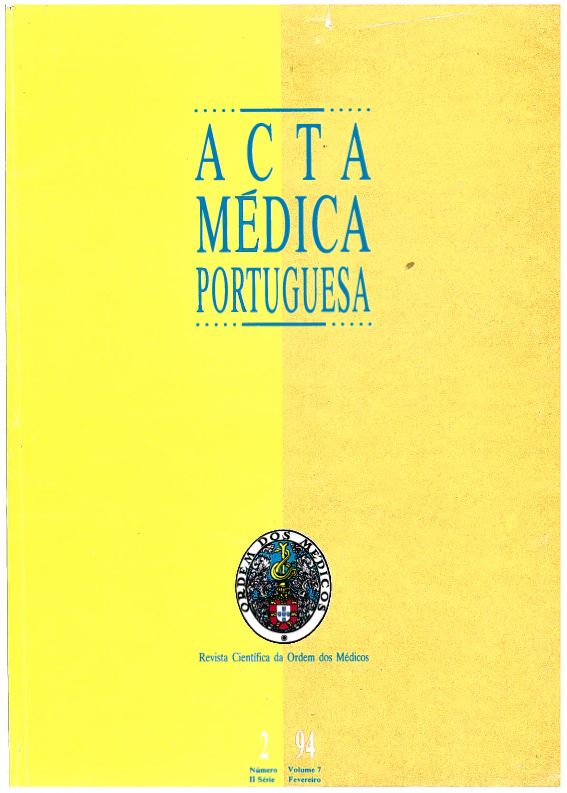The anomalous pulmonary venous connection. A study of 24 children by digital subtraction angiography.
DOI:
https://doi.org/10.20344/amp.2862Abstract
To assess the accuracy of Digital Subtraction Angiography (DSA) in the demonstration of the morphology of Anomalous Pulmonary Venous Connexion (APVC) in children.Prospective study of cases series between January 1989 and July 1992.Referral-based Paediatric Cardiology Department of a Tertiary Care Center.Twenty-four consecutive children with anomalous pulmonary venous connection.All pts had clinical and 2D-Echo investigation prior to cardiac catheterization. In all cases selective injections of 0.5 to 1 ml/kg undiluted hypo-osmolar contrast were performed in branch pulmonary arteries and high quality DSA images were recorded. Subtracted images were stored in video and cut films for detailed analysis.16 pts had total APVC: 11 to Superior Vena Cava (SVC), 2 to Coronary Sinus and 3 to Inferior Vena Cava (IVC). Eight pts had partial APVC: 3 to SVC, 1 to Right Atrium, 3 to IVC (scimitar syndrome), and 1 pt had mixed PAVC. In 8 pts of the whole group, DSA contributed significantly to the final morphologic diagnosis and completed or corrected information obtained by 2D-Echo. In all 18 pts submitted to surgery, the DSA diagnosis was confirmed at operation.DSA is a very useful technique (and even more informative in video images) for anatomic evaluation of pts with APVC and has clear indication when clinical and 2D-Echo findings are not typical.Downloads
Downloads
How to Cite
Issue
Section
License
All the articles published in the AMP are open access and comply with the requirements of funding agencies or academic institutions. The AMP is governed by the terms of the Creative Commons ‘Attribution – Non-Commercial Use - (CC-BY-NC)’ license, regarding the use by third parties.
It is the author’s responsibility to obtain approval for the reproduction of figures, tables, etc. from other publications.
Upon acceptance of an article for publication, the authors will be asked to complete the ICMJE “Copyright Liability and Copyright Sharing Statement “(http://www.actamedicaportuguesa.com/info/AMP-NormasPublicacao.pdf) and the “Declaration of Potential Conflicts of Interest” (http:// www.icmje.org/conflicts-of-interest). An e-mail will be sent to the corresponding author to acknowledge receipt of the manuscript.
After publication, the authors are authorised to make their articles available in repositories of their institutions of origin, as long as they always mention where they were published and according to the Creative Commons license.









